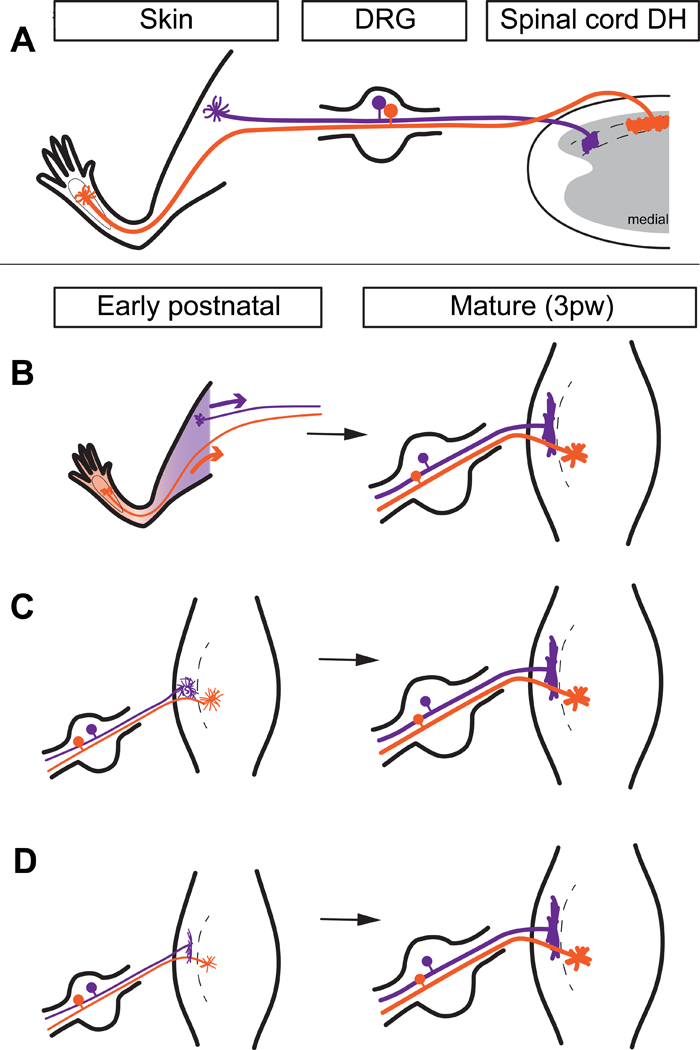Figure 1. Models of potential developmental mechanisms for region-specific Mrgprd+ central arbors.

A, Mature somatotopic organization of Mrgprd+ afferents. Proximal hind limb afferents (purple) grow ‘long and thin’ central arbors in the lateral DH, while plantar paw afferents (orange) grow ‘round and wide’ central arbors in the medial DH. DH is drawn as a transverse section. B, Peripheral cues model. Upon innervation of the skin around birth, cues from different skin regions direct region-specific developmental of central terminal arbors. DH is drawn from a top-down view. C, Central reorganization model. Afferents grow immature, somatotopically homogenous arbors that are postnatally reorganized into region-specific arbor morphologies. D, Pre-patterned model. Afferents grow somatotopically distinct arbor morphologies during their initial innervation of the DH. These models are not mutually exclusive.
